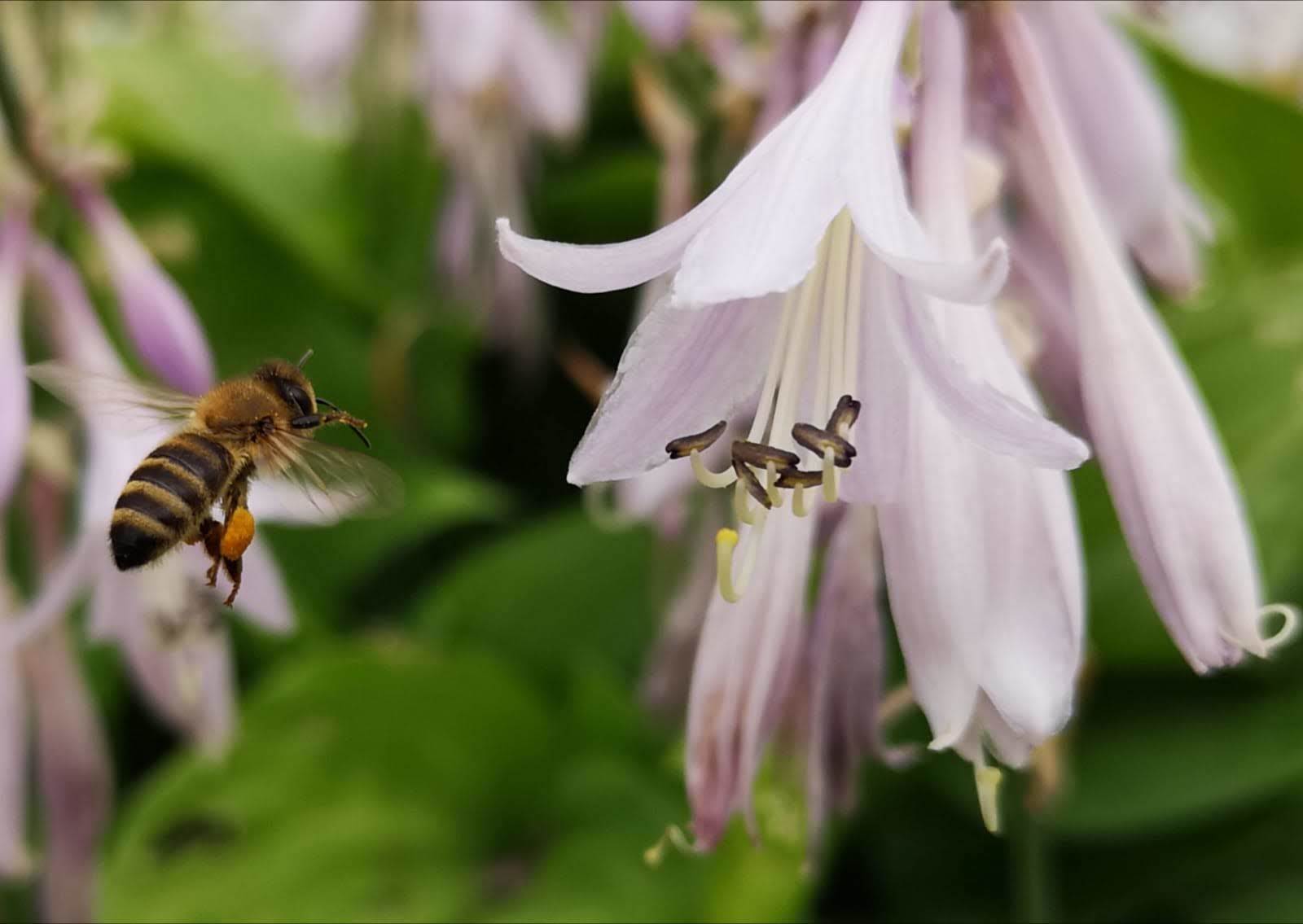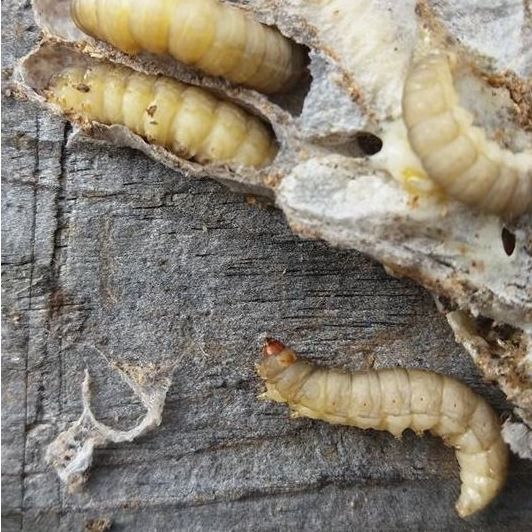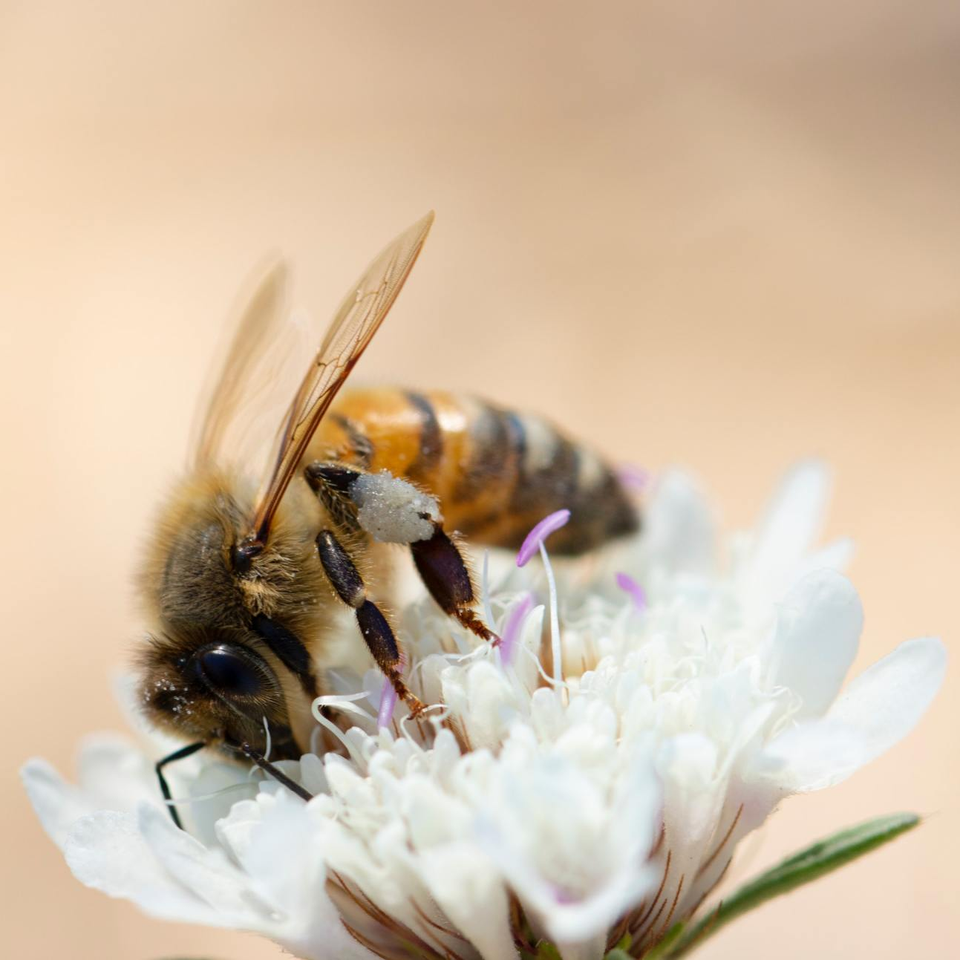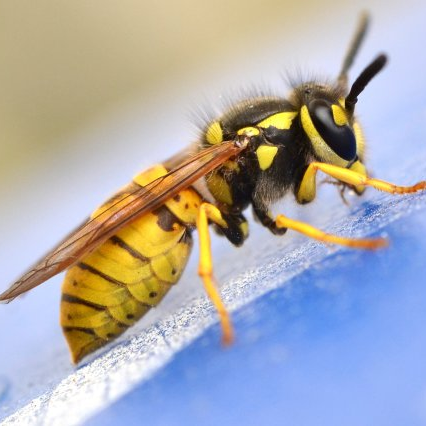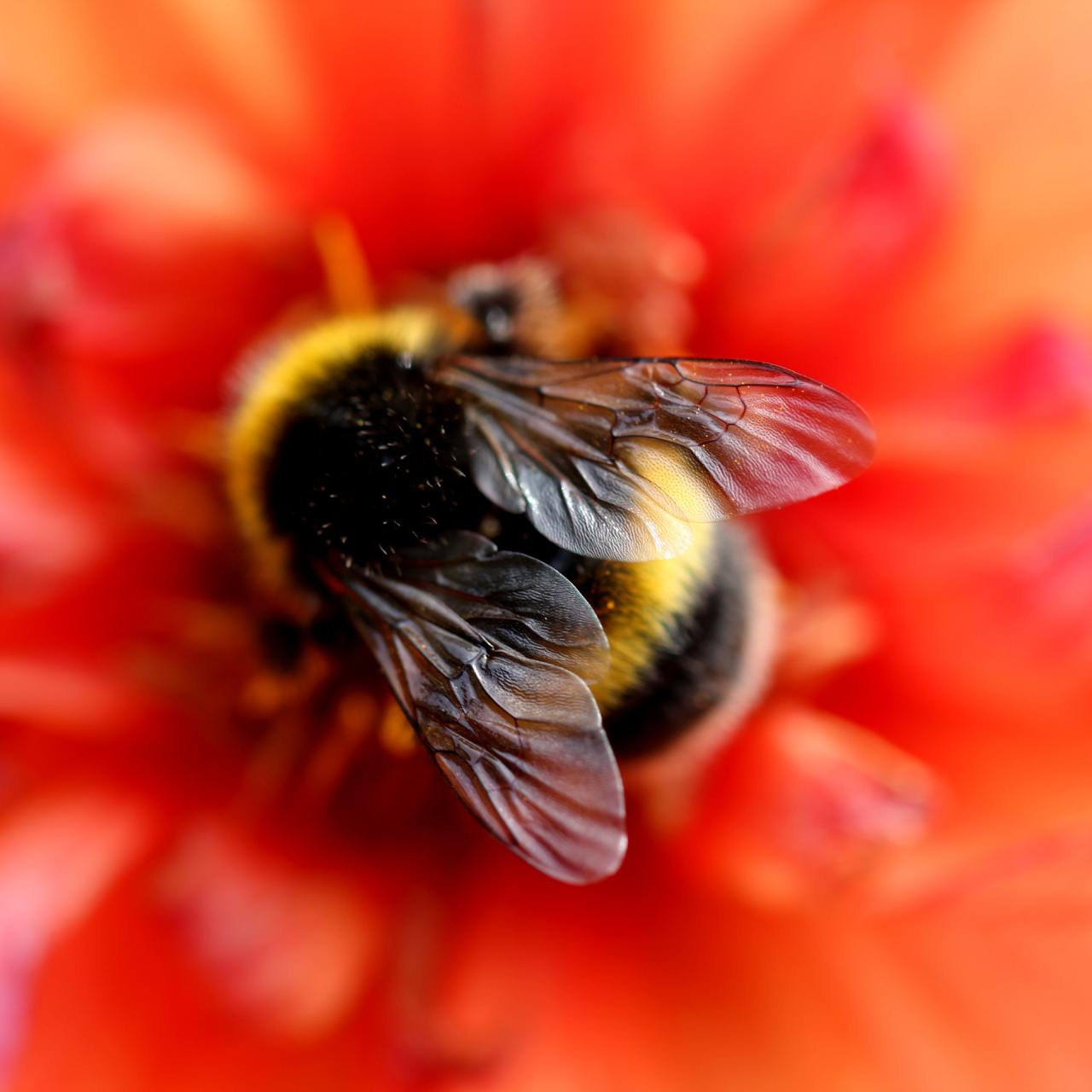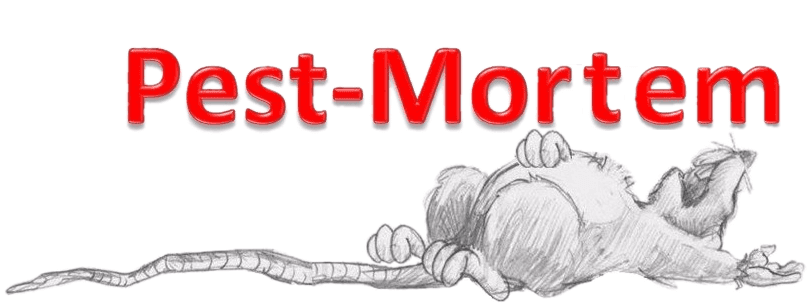HoneyBee And Comb Removal Service
We specialise in the expert live honey bee and comb removal, honey bee swarms and colonies from chimneys, walls, roofs and trees without using insecticides or pesticides.
Honey bees swarming is a natural event and can occur at any time during the Spring and Summer.
When honey bees swarm, a large proportion of the honey bees leave their nest in search of a new location to start a new colony and that place can be anywhere that is warm and dry.
Pest Mortem collection and relocation of unwanted or difficult to reach bee swarms and removal of feral bee colonies from
• Inside roof spaces
• Behind facia boards and soffits
• Between the ceiling and floor boards
•
Wall cavities
• Sheds
• Garages
•
Out buildings
• Compost bins
• And many more
We specialise in the expert live honey bee and comb removal, honey bee swarms and colonies from chimneys, walls, roofs and trees without using insecticides or pesticides.
Honey bees swarming is a natural event and can occur at any time during the Spring and Summer.
When honey bees swarm, a large proportion of the honey bees leave their nest in search of a new location to start a new colony and that place can be anywhere that is warm and dry.
Pest Mortem collection and relocation of unwanted or difficult to reach bee swarms and removal of feral bee colonies from
• Inside roof spaces
• Behind facia boards and soffits
• Between the ceiling and floor boards
• Wall cavities
• Sheds
• Garages
• Out buildings
• Compost bins
• And many more
We specialise in the expert live honey bee and comb removal, honey bee swarms and colonies from chimneys, walls, roofs and trees without using insecticides or pesticides.
Honey bees swarming is a natural event and can occur at any time during the Spring and Summer.
When honey bees swarm, a large proportion of the honey bees leave their nest in search of a new location to start a new colony and that place can be anywhere that is warm and dry.
Pest Mortem collection and relocation of unwanted or difficult to reach bee swarms and removal of feral bee colonies from
• Inside roof spaces
• Behind facia boards and soffits
• Between the ceiling and floor boards
• Wall cavities
• Sheds
• Garages
• Out buildings
• Compost bins
• And many more
Are Honeybees protected?
It is a common misconception that bees are protected.
They are in fact endangered. It is however important to take care in the removal of bees as the honeycomb is a human food source and any contamination by pesticides or insecticides can have severe consequences. If this is not carried out properly then large fines can be enforced as a result of many laws having been broken. Furthermore these fines will be placed against both the property owner and the person that carried our the poisoning. As a result the incorrect removal or illegal treatment of a honeycomb could result in a fine of up to £20,000
Are Honeybees protected?
It is a common misconception that bees are protected.
They are in fact endangered. It is however important to take care in the removal of bees as the honeycomb is a human food source and any contamination by pesticides or insecticides can have severe consequences. If this is not carried out properly then large fines can be enforced as a result of many laws having been broken. Furthermore these fines will be placed against both the property owner and the person that carried our the poisoning. As a result the incorrect removal or illegal treatment of a honeycomb could result in a fine of up to £20,000
We as swarm collectors cannot put any member of the public or ourselves at risk by undertaking swarm collection in dangerous or hazardous environments.
Whilst no one would wish to see a colony of honey bees destroyed, if they cannot be safely removed and they present a risk or disturbance to the property owner, the only option may be to have the colony destroyed by us at Pest Mortem Pest Control but this is a last resort.
We as swarm collectors cannot put any member of the public or ourselves at risk by undertaking swarm collection in dangerous or hazardous environments.
Whilst no one would wish to see a colony of honey bees destroyed, if they cannot be safely removed and they present a risk or disturbance to the property owner, the only option may be to have the colony destroyed by us at Pest Mortem Pest Control but this is a last resort. We do try and work to a No kill policy.
Post treatment of killing a honey bee nest
If having killed off a colony of bees we would suggest that you still have it removed. All the dead honey bees will be a great place for clothes moths and carpet beetle to breed in, Later on these clothes moths and carpet beetle will run out of food and be looking for other food sources, namely wool carpets, woolen suits, jumpers, silk dresses, etc . We have always found wax moth larvae in feral honey bee nests, once the bees are dead there will be no controlling the wax moth, and the wax moth will eat there way thru the wax and in doing so will releasing the honey which often ends up dripping thru ceilings and other places.
You would be surprised at how many properties we go to remove previously poisoned honey bee nests, because of the dripping honey or the realisation that the clothes moth infestation is as a result of the dead bees nest. People regularly believe that the poison would be adequate to kill of these other pests too , but it never seem to work like that.
Post treatment of killing a honey bee nest
If having killed off a colony of bees we would suggest that you still have it removed. All the dead honey bees will be a great place for clothes moths and carpet beetle to breed in, Later on these clothes moths and carpet beetle will run out of food and be looking for other food sources, namely wool carpets, woolen suits, jumpers, silk dresses, etc . We have always found wax moth larvae in feral honey bee nests, once the bees are dead there will be no controlling the wax moth, and the wax moth will eat there way thru the wax and in doing so will releasing the honey which often ends up dripping thru ceilings and other places.
You would be surprised at how many properties we go to remove previously poisoned honey bee nests, because of the dripping honey or the realisation that the clothes moth infestation is as a result of the dead bees nest. People regularly believe that the poison would be adequate to kill of these other pests too , but it never seem to work like that.
Post treatment of killing a honey bee nest
If having killed off a colony of bees we would suggest that you still have it removed. All the dead honey bees will be a great place for clothes moths and carpet beetle to breed in, Later on these clothes moths and carpet beetle will run out of food and be looking for other food sources, namely wool carpets, woolen suits, jumpers, silk dresses, etc . We have always found wax moth larvae in feral honey bee nests, once the bees are dead there will be no controlling the wax moth, and the wax moth will eat there way thru the wax and in doing so will releasing the honey which often ends up dripping thru ceilings and other places.
You would be surprised at how many properties we go to remove previously poisoned honey bee nests, because of the dripping honey or the realisation that the clothes moth infestation is as a result of the dead bees nest. People regularly believe that the poison would be adequate to kill of these other pests too , but it never seem to work like that.
Know the difference in species
Know the difference in species
Learn about the different bees?
Click hear for more Species
Learn about the different bees?
Click hear for more Species
Learn about the different bees?
Click hear for more Species


